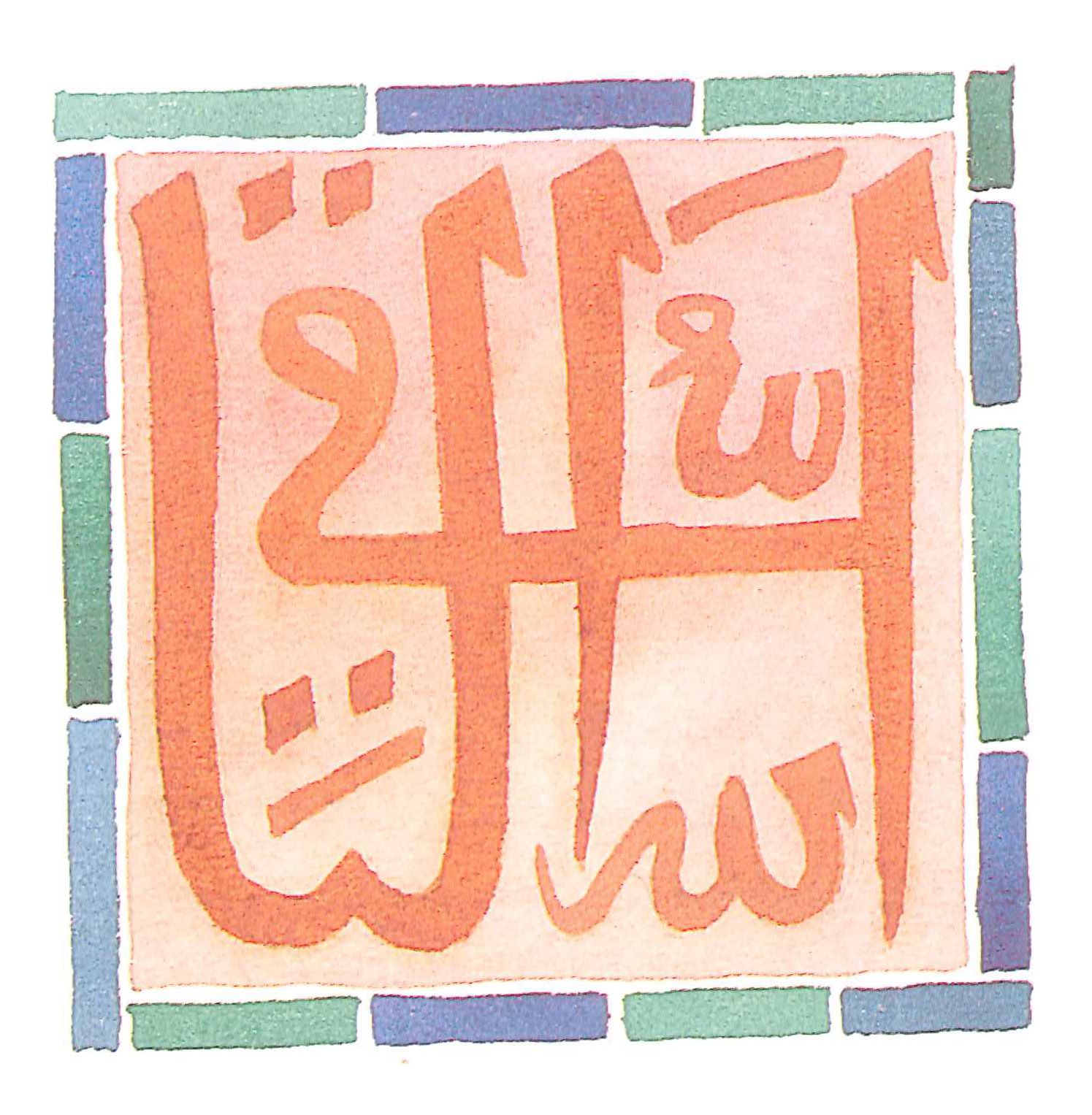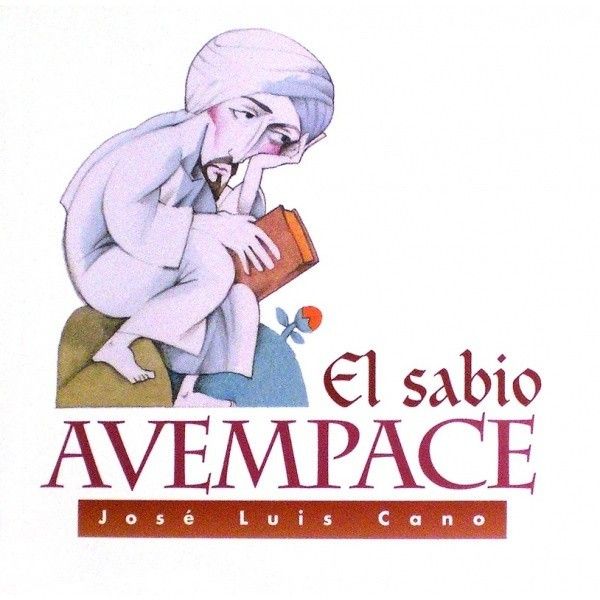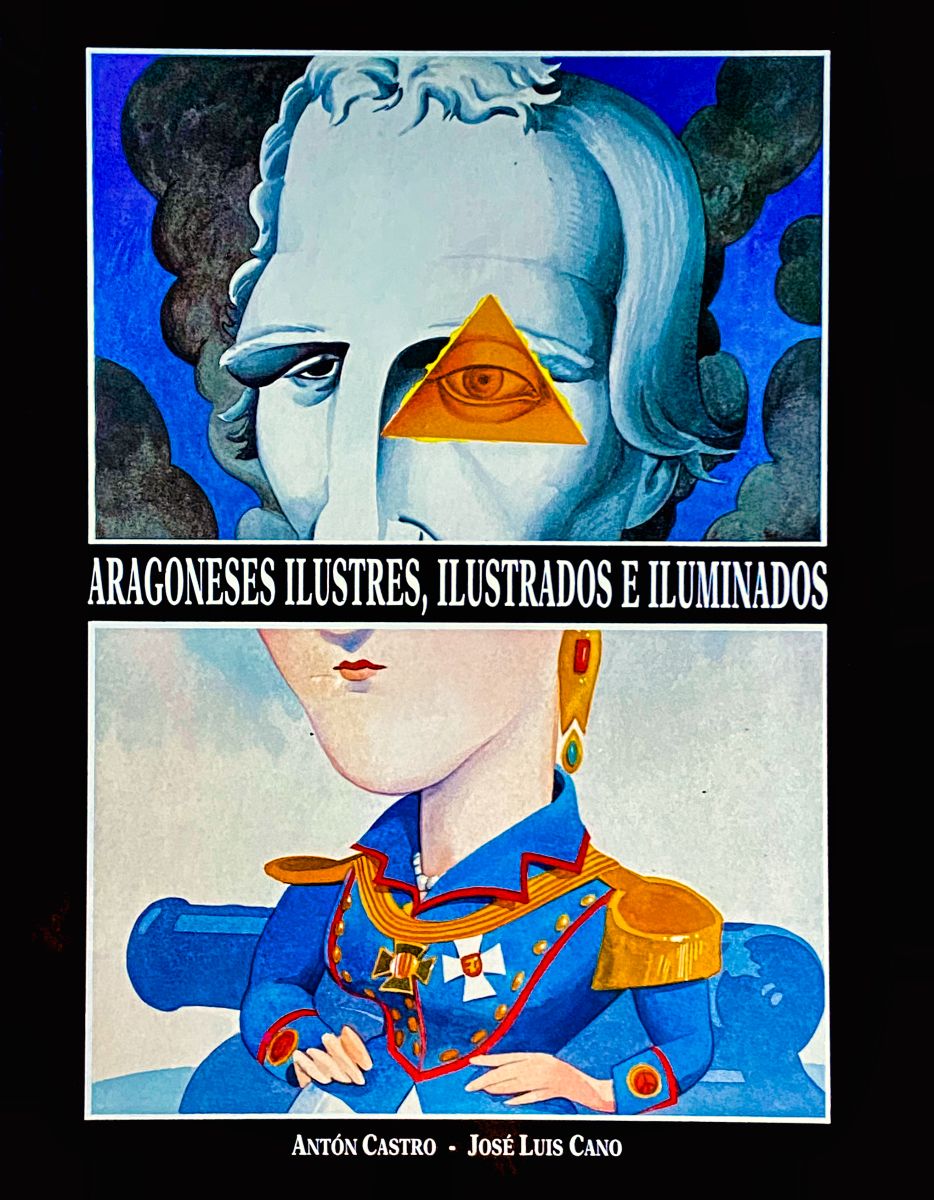Ibn Bayyah, Avempace
GAZE ON THE MOON, FEET ON THE GROUND
Saragossa, circa 1080/85 – Fez, 1138-39
The Saraqusta of the Hudi kings saw the birth of Abu Bakr Muhammad ibn Yahya ibn al-Sa’ig ibn Bayyah. The son and grandson of silver craftsmen, Avempace has gone down in posterity as a philosopher, physician, poet, physicist, botanist, musician, astronomer… and as one of the fundamental transmitters of Aristotle’s thought in Europe. Author of highly appreciated mathematical, metaphysical and moral works, his mystical philosophy (which attempted to reconcile Aristotelian empiricism with Plato’s idealism) was considered heretical by some. For others, he is the first “proper” philosopher of al-Andalus.
Avempace lived through a period of political and military crisis but also of cultural strength in the kingdom of Saragossa. Despite the territorial losses at the hands of the Christians, the reign of al-Mustain (1085-1110) was one of a certain institutional stability, and this allowed Saragossa to continue to be the cultural oasis it had already been, welcoming intellectuals and creators from other places. The court of La Aljafería reflected this splendour. With Avempace were, among many others, the Jews Ibn Gabirol (Avicebron) and Ibn Paquda and the Muslims Al-Kirmani and Ibn Fathun al-Himar.

Life
Avempace was a man of contradictions, drawn by the ideal, by the desire for perfection and the approach to purity, but also attracted by the mundane. Torn between political ambition and a vocation for service, he accepted the post of vizier in Saragossa, which, governed by the Almoravids, was close to being conquered by the Christians. After the entry of the Christians in 1118, and after a thousand vicissitudes that took him to Játiva, Almería, Granada, Oran, Fez… he died in this North African city, apparently poisoned, a victim of intrigues. He left no one indifferent, and that means he also had enemies.
He was a prolific author, but of his more than sixty books, only a few have survived. From his time in Saragossa, his commentaries on the works of Aristotle stand out (on the Physics and Logic, the treatises On the Soul and On Generation and Corruption, the History of Animals and the History of Plants). The Regimen of the Solitary, the Treatise on the Union of the Intellect with Man and the Letter of Farewell belong to the period of exile after his departure from Saragossa. In his works he criticises materialism and the corruption of society and advocates knowledge and contemplation, which leads to identification with the divine.
Work

References used and proposed:
Avempace’s surviving works have been the subject of various compilations and editions. With the antecedent of the Arabist Miguel Asín y Palacios (1871-1944), who was the main scholar and translator of much of his work, it is worth highlighting, closer to our times, the work of Professor Joaquín Lomba, who translated and directed different editions of Avempace’s works by the Madrid publishing house Trotta: El régimen del solitario (1997), Carta del adiós y otros tratados filosóficos (2006), Libro sobre el alma (2007). Earlier, in 1995, the CSIC had published Libro de la generación y la corrupción, edited by Josep Puig.
We can learn a little more about Avempace’s life through these references:
- Antón Castro (1993): “El rostro y la máscara de Avempace”, en Antón Castro y José Luis Cano, Aragoneses ilustres, ilustrados e iluminados (pp. 36-41). Zaragoza: Gobierno de Aragón.
- Joaquín Lomba (1989): Avempace. Zaragoza: DGA.
- Wikipedia: https://es.wikipedia.org/wiki/Ibn_Bayya
- Gran Enciclopedia Aragonesa on line: http://www.enciclopedia-aragonesa.com/voz.asp?voz_id=161
Teaching activities
Let’s take a look beyond prejudice
The text speaks of thinkers who praised or were influenced by Avempace’s work. They were not all of the same religion. This is a little thought-provoking, isn’t it? Perhaps professing one or another (or none) faith or belief should not be an obstacle to intellectual exchange and the transmission and acceptance of knowledge. Fortunately, human beings are a little more complex than sometimes seems to be implied. Do some research on the names of St. Thomas Aquinas and St. Albert the Great, and try to extract some idea, some aspect in which you think Avempace’s work may have influenced them.
Avempace’s Zaragoza
Avempace lived through the years of political and military decline of the kingdom of Saragossa, which had experienced its heyday under al-Muqtadir. His childhood and youth coincided with the reign of al-Mustain, who in the last years of the 11th century helplessly witnessed the loss of Monzón, Huesca and Barbastro to the kingdom of Aragon. A decline that augured greater evils and that tried to be resisted by more rigorous Muslims who arrived on the Peninsula, the Almoravids, who liquidated the Saragossan monarchy and governed the resistance, which was finally futile before the Christian thrust encouraged by the winds of crusade. In 1118, Saragossa fell to Alfonso I of Aragon. This was the end of Andalusian rule in the Ebro valley and the lands of the south.
Explore the origin and role played by the Almoravids, and how they are related to events that took place in Aragon. We give you two clues (although there are more): “Government of Saragossa” and “Battle of Cutanda”.
We also recommend some very interesting material, whether you can access the DVD or watch it online:
Saraqusta. Un recorrido por la Zaragoza musulmana. DVD. Ayuntamiento de Zaragoza, 2004.
This audiovisual work shows a fiction about Avempace’s last days in Zaragoza before leaving for exile, recreating the Sinhaya suburb (discovered in 2002 during works in the centre of Zaragoza). The main video (without the extras contained in the DVD) can be found on Youtube:
Avempace’s political ideal
Avempace poured out his political doctrine in The Regime of the Solitary: a moral protest against materialism and the corruption of society, against which one can only stand aside, at least with one’s thoughts: after all, the human ideal is pure knowledge and speculation (this is also expressed in other works, such as The Farewell Letter). In this contemplative situation, man identifies and merges with God.
Avempace accepts the Aristotelian definition of man as a “rational animal”, but he goes further: above reason is the “intellect”, the “intellectual man”. Only rational and intellectual beings can order and direct their actions towards an end and, therefore, aspire to the government of their fellows. And he adds: “The regime par excellence is that of God in creating and governing the world, of which that of man is only a derivation and defective copy. And, within the human regime, the one that is understood as such and par excellence, is the political one, namely, that of the government of the city by the ruler who directs the actions of all his rational subjects towards the supreme end of the total perfection and full happiness of them and of the social body”.
Concluding: Man is a social being by nature, and only exceptionally does he depart from the corrupt state in order to seek his own perfection which he will then apply to society governed by truth, virtue and love. When a group of people reach that exalted level, they will be able to establish a community in which justice and health reign.
These words transport us to various utopias and are clearly inspired by Plato’s Republic. Research the main points of this Greek philosopher’s thought. What other later thinkers did Plato influence?
Following on from the formula for government that he suggests… can you look up the etymology of the word “aristocracy”?
Despite being considered one of the main introducers of Aristotle’s philosophy in the West, Avempace is shown here to be “Platonic”. Do you think these are two opposing or complementary visions? Think about it, comment on it. Surely, at the end of the road, you will see that nothing is black and white and that there is always room for nuances.
Any time is a good time for lyric poetry
Some scholars attribute to Avempace the invention of the zéjel (a type of poem similar to the moaxaja, composed in dialectal Arabic and adapted to the melody and meter of songs such as the villancico). He may have been a pioneer in fusing classical Arabic poetry with the Romance forms of Christian-influenced lyric poetry, although some speak of other ‘inventors’ (such as a certain Mucaddam of Cabra). In any case, the zéjel was very successful during the Middle Ages both in the Islamic world and in the Christian kingdoms (where Moorish minstrels were in great demand). It was later cultivated by Renaissance poets such as Juan del Encina and Saint Teresa, and continued to be popular in the Baroque period. In the 20th century, poets such as Juan Ramón Jiménez, Rafael Alberti and Federico García Lorca enjoyed it. The latter compiled and adapted, among other popular songs, the zéjel “Las morillas de Jaén”, which was performed by the great flamenco singer Carmen Linares in the album Flamenco Vivo, which you can see on Youtube:
Las morillas de Jaén
Tres morillas me enamoran en Jaén,
Axa y Fátima y Marién.
Tres morillas tan garridas
iban a coger olivas,
y hallábanlas cogidas en Jaén.
Axa y Fátima y Marién…
Structured on the basis of octosyllabic verses, with mudanza, refrain and return verse, the zéjel was sung by choir and soloist accompanied by lute, flutes, drums and castanets, and sometimes by dance. Today it is still alive in parts of the Maghreb and the eastern Mediterranean, and is performed in a semi-sung dialogue format including improvisations.
To conclude
Aragonese on the Moon…
Avempace, under its Arabic meaning (Ibn Bayyah), gives its name to a lunar impact crater located at the South Pole of the Moon. He is not the only Aragonese with which the international scientific community recognises people who have made significant contributions to astrophysics: the distinguished physicist, chemist and spectroscopist from Zaragoza, Miguel Catalán Sañudo (1894-1957) also gives his name to another crater on our satellite. Look for more information about Miguel Catalán.
… and a lunar anecdote
While we are on the Moon, it is worth recalling a rather widespread anecdote related to our protagonist. His knowledge of astronomy enabled Avempace to know that on a certain night there was going to be a lunar eclipse. Coincidentally, a friend of his had died; during the wake he read some verses inviting the moon to go into hiding as a sign of mourning… and the satellite “obeyed” to the astonishment of those present.
This anecdote is probably more fiction, more “urban legend” than reality. But, like all fiction, it helps us to illustrate “real” issues: how the apparently magical, esoteric and irrational has, even if only deep down, a causal, logical and rational explanation. Magic is beautiful, eye-catching and entertaining. And stimulating, because it appeals to our senses and challenges our minds. But, governing it all, is scientific thinking.
At once speculative and experimental, Ibn Bayyah Avempace tried to reconcile the ideal and the perfection of the unattainable, with the material and earthly (less noble, but more real). The spiritual and the corporeal coexist in the mind of a man who, while trying to explain faith from a rational point of view, never gave up looking at the moon while keeping his feet on the ground.
El sabio Avempace
Download from this link the PDF of the publication edited by the Xordica publishing house with the sponsorship of the Obra Social de Ibercaja.
Aragoneses ilustres, ilustrados e iluminados
Download from this link the PDF of the publication Aragoneses ilustres, ilustrados e iluminados, by Antón Castro and José Luis Cano, published by the Government of Aragón in 1993.


DIRECCIÓN GENERAL DE POLÍTICA LINGÜÍSTICA
Departamento de Educación, Cultura y Deporte
Parque Empresarial Dinamiza (Recinto Expo)
Avenida de Ranillas, 5D - 2ª planta
50018 Zaragoza
Tfno: 976 71 54 65
Colabora:




